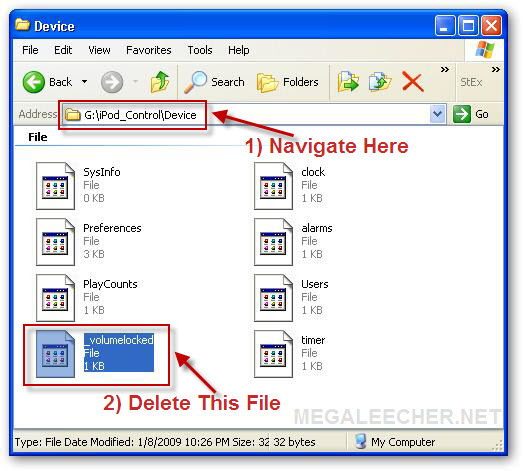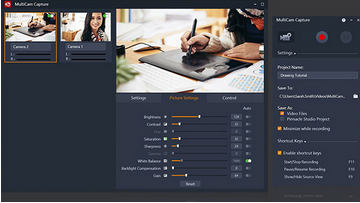Volume Lock 2 2 Crack 3

The energy markets at CME Group serve as a means of price discovery for the international marketplace. The crude oil, gasoline and diesel (ULSD) derivatives contracts offered at CME Group under the rules and regulations of NYMEX, a CME Group exchange, are reliable risk management tools that serve as global benchmarks. All contracts provide the safety and security of central clearing through CME Clearing, whether they are exchange-traded futures contracts or contracts traded over-the-counter and submitted for clearing through CME ClearPort. This handbook is designed to facilitate trading of the crack spread, which is the spread between crude oil prices and products derived from crude oil processing — gasoline and diesel.
It offers detailed explanations of the types of crack spreads and provides numerous examples of how they can be traded. In the petroleum industry, refinery executives are most concerned about hedging the difference between their input costs and output prices. Refiners’ profits are tied directly to the spread, or difference, between the price of crude oil and the prices of refined products — gasoline and distillates (diesel and jet fuel).
Download VolumeLock for Vista 2.3 + Crack/Serial. Rossiaorg devochki spasut mir full. Operating System: Windows XP,Vista,7,8,8.1,10 File Size: 2.32MB System Requirements: Intel Pentium 4 or higher. Atleast 512MB RAM. Folder Organizer 1.0 Enhilex Medical Transcription Software 3.26 Quick Hide IP Platinum 1.2.6 . Volume Lock 2.3 Serial Numbers. Convert Volume Lock 2.3 trail version to full software.
This spread is referred to as a crack spread. It is referenced as a crack spread due to the refining process that “cracks” crude oil into its major refined products. A petroleum refiner, like most manufacturers, is caught between two markets: the raw materials he needs to purchase and the finished products he offers for sale. The price of crude oil and its principal refined products are often independently subject to variables of supply, demand, production economics, environmental regulations and other factors. As such, refiners and non-integrated marketers can be at enormous risk when the price of crude oil rises while the prices of the refined products remain stable, or even decline. Such a situation can severely narrow the crack spread, which represents the profit margin a refiner realizes when he procures crude oil while simultaneously selling the refined products into a competitive market. 
Because refiners are on both sides of the market at once, their exposure to market risk can be greater than that incurred by companies who simply sell crude oil, or sell products to the wholesale and retail markets. In addition to covering the operational and fixed costs of operating the refinery, refiners desire to achieve a rate of return on invested assets. Because refiners can reliably predict their costs, other than crude oil, an uncertain crack spread can considerably cloud understanding of their true financial exposure. Further, the investor community may use crack spread trades as a hedge against a refining company’s equity value. Other professional traders may consider using crack spreads as a directional trade as part of their energy portfolio, with the added benefit of its low margins (the crack spread trade receives a substantial spread credit for margining purposes). Together with other indicators, such as crude oil inventories and refinery utilization rates, shifts in crack spreads or refining margins can help investors get a better sense of where some companies— and the oil market may be headed in the near term. There are several ways to manage the price risk associated with operating a refinery.
Because a refinery’s output varies according to the configuration of the plant, its crude slate, and its need to serve the seasonal product demands of the market, there are various types of crack spreads to help refiners hedge various ratios of crude and refined products. Each refining company must assess its particular position and develop a crack spread futures market strategy compatible with its specific cash market operation. The most common type of crack spread is the simple 1:1 crack spread, which represents the refinery profit margin between the refined products (gasoline or diesel) and crude oil. The crack spread — the theoretical refining margin — is executed by selling the refined products futures (i.e., gasoline or diesel) and buying crude oil futures, thereby locking in the differential between the refined products and crude oil. The crack spread is quoted in dollars per barrel; since crude oil is quoted in dollars per barrel and the refined products are quoted in cents per gallon, diesel and gasoline prices must be converted to dollars per barrel by multiplying the centsper-gallon price by 42 (there are 42 gallons in a barrel). If the refined product value is higher than the price of the crude oil, the cracking margin is positive. Conversely, if the refined product value is less than that of crude oil, then the gross cracking margin is negative.